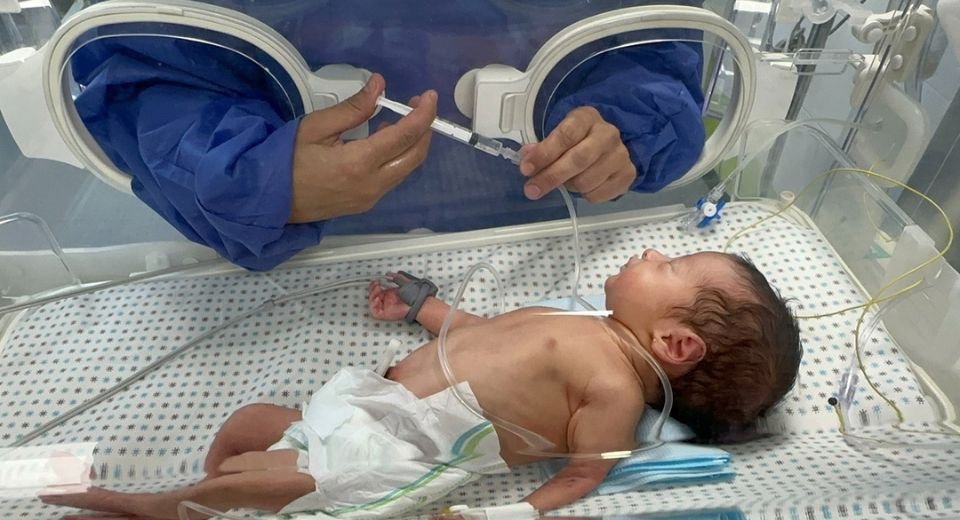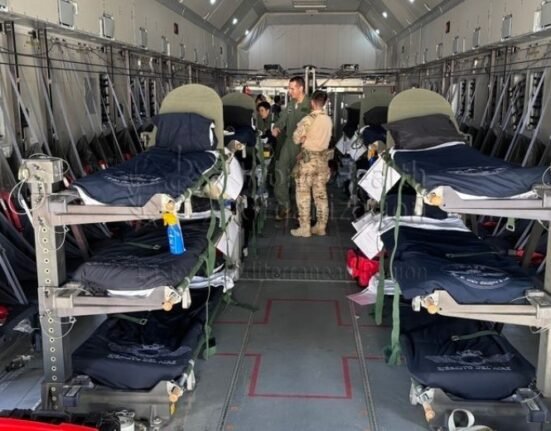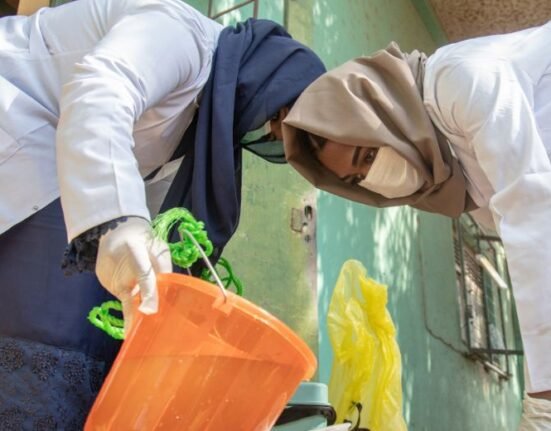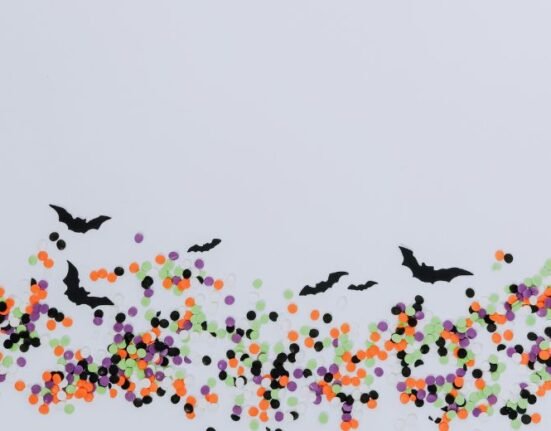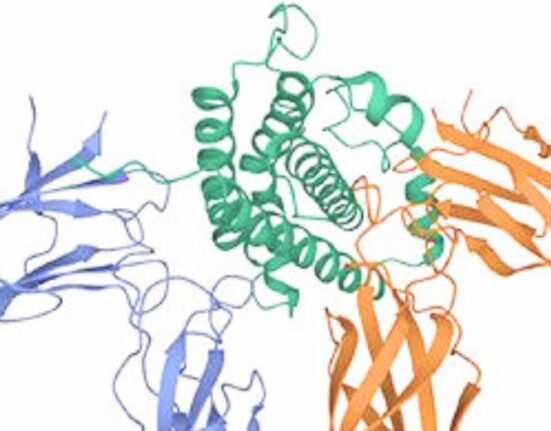HQ Team
February 20, 2024: About 16% of children or one in six children under two years of age in the Northern Gaza Strip, which has been cut off from aid for weeks, are “acutely malnourished,” according to a WHO report based on data collected in January.
Of the 15.6%, almost three per cent suffer from severe wasting, the most life-threatening form of malnutrition, which puts young children at the highest risk of medical complications and death unless they receive urgent treatment, the report stated.
About 90% of children under the age of two and 95% of pregnant and breastfeeding women face severe food poverty – meaning they have consumed two or fewer food groups in the previous day – and the food they do have access to is of the lowest nutritional value.
Ninety-five per cent of households are limiting meals and portion sizes, with 64 per cent of households eating only one meal a day. More than 95% of households said they had restricted the amount of food adults received to ensure small children had food to eat.
Infectious diseases
Hungry, thirsty and weak, more Gazans are falling sick. The report found that about 90% of children under five are affected by one or more infectious diseases. Seventy per cent had diarrhoea in the past two weeks, a 23-fold increase compared with the 2022 baseline.
“A steep rise in malnutrition among children and pregnant and breastfeeding women in the Gaza Strip poses grave threats to their health,” according to the ‘Nutrition Vulnerability and Situation Analysis — Gaza.’
“Similar screenings in the Southern Gaza Strip, in Rafah, where aid has been more available, found five per cent of children under two years are acutely malnourished.”
As the data were collected in January, the situation is likely to be even graver today, it stated.
As the Israel-Palestinian conflict entered its 20th week nutrition screenings conducted at shelters and health centres in the north found that 15.6% — or one in six children under two years of age — are acutely malnourished, according to the United Nations International Children’s Emergency Fund.
“The Gaza Strip is poised to witness an explosion in preventable child deaths which would compound the already unbearable level of child deaths in Gaza,” said UNICEF Deputy Executive Director for Humanitarian Action and Supply Operations, Ted Chaiban.
‘Continue to plummet’
“We’ve been warning for weeks that the Gaza Strip is on the brink of a nutrition crisis. If the conflict doesn’t end now, children’s nutrition will continue to plummet, leading to preventable deaths or health issues which will affect the children of Gaza for the rest of their lives and have potential intergenerational consequences.”
Wasting in the Gaza Strip was rare with just 0.8% of children under five years of age acutely malnourished. The rate of 15.6% of wasting among children under two in Northern Gaza suggests a serious and rapid decline.
Such a decline in a population’s nutritional status in three months is unprecedented globally, according to a comprehensive new analysis released by the Global Nutrition Cluster.
Child wasting refers to a child who is too thin for his or her height and is the result of recent rapid weight loss or the failure to gain weight. A child who is moderately or severely wasted has an increased risk of death, but treatment is possible.
“The steep rise in malnutrition that we are seeing in Gaza is dangerous and entirely preventable”, said World Food Programme Assistant Executive Director for Programme Operations, Valerie Guarnieri.
Shortage of safe drinking water
“Children and women, in particular, need continuous access to healthy foods, clean water and health and nutrition services. For that to happen, we need decisive improvements on security and humanitarian access, and additional entry points for aid to enter Gaza,” she said.
Inadequate safe drinking water, as well as insufficient water for cooking and hygiene purposes, are compounding poor nutrition. On average, households surveyed had access to less than one litre of safe water per person per day.
According to humanitarian standards, the minimum amount of safe water needed in an emergency is 3 litres per person per day, while the overall standard is 15 litres per person, which includes sufficient quantities for drinking, washing and cooking.
“Hunger and disease are a deadly combination,” said Dr Mike Ryan, Executive Director of WHO’s Health Emergencies Programme.
”Hungry, weakened and deeply traumatised children are more likely to get sick, and children who are sick, especially with diarrhoea, cannot absorb nutrients well. It’s dangerous, and tragic, and happening before our eyes.”
Without more humanitarian assistance, the nutritional situation is likely to continue to deteriorate rapidly and at scale across the Gaza Strip, he said.


